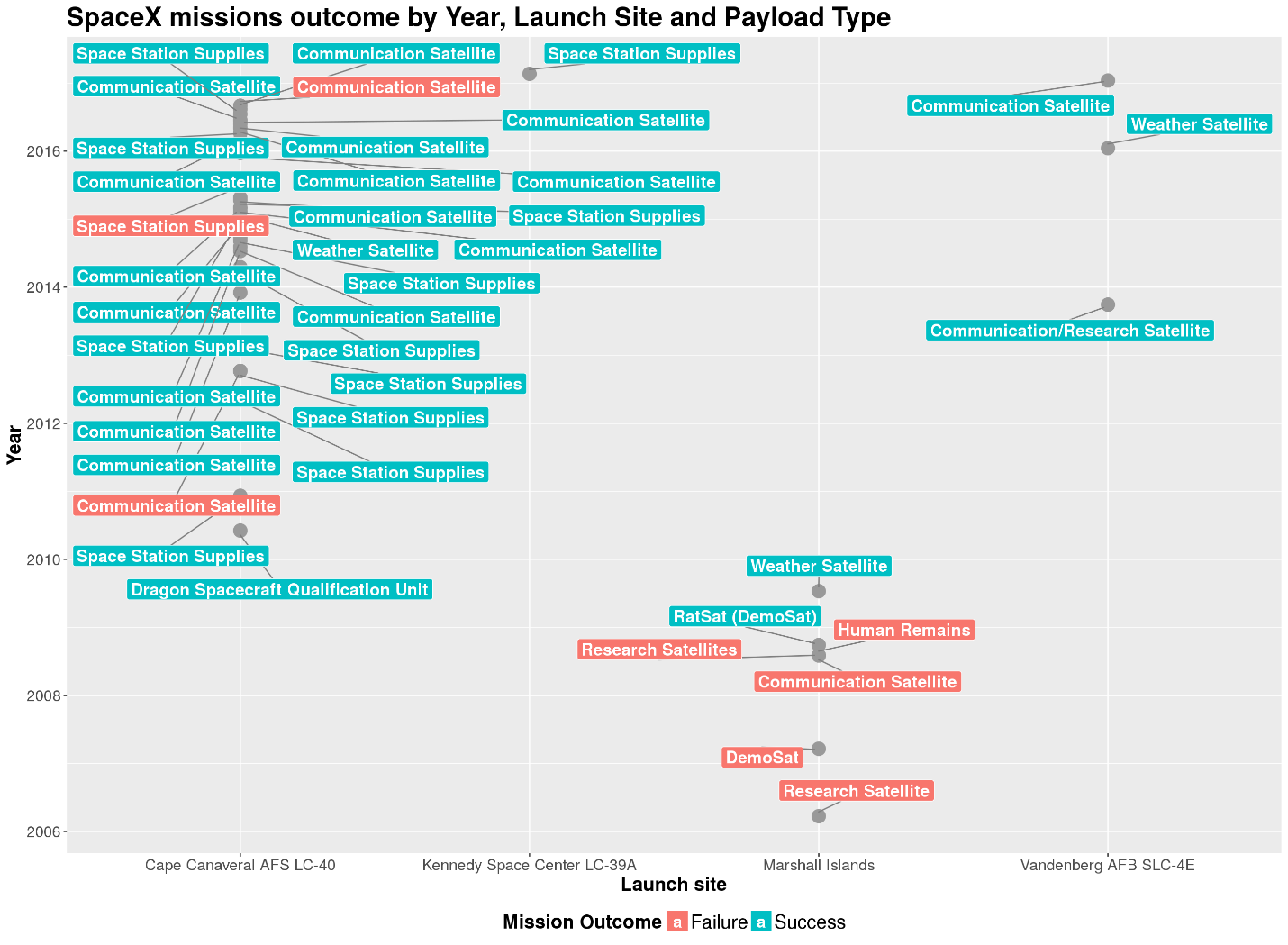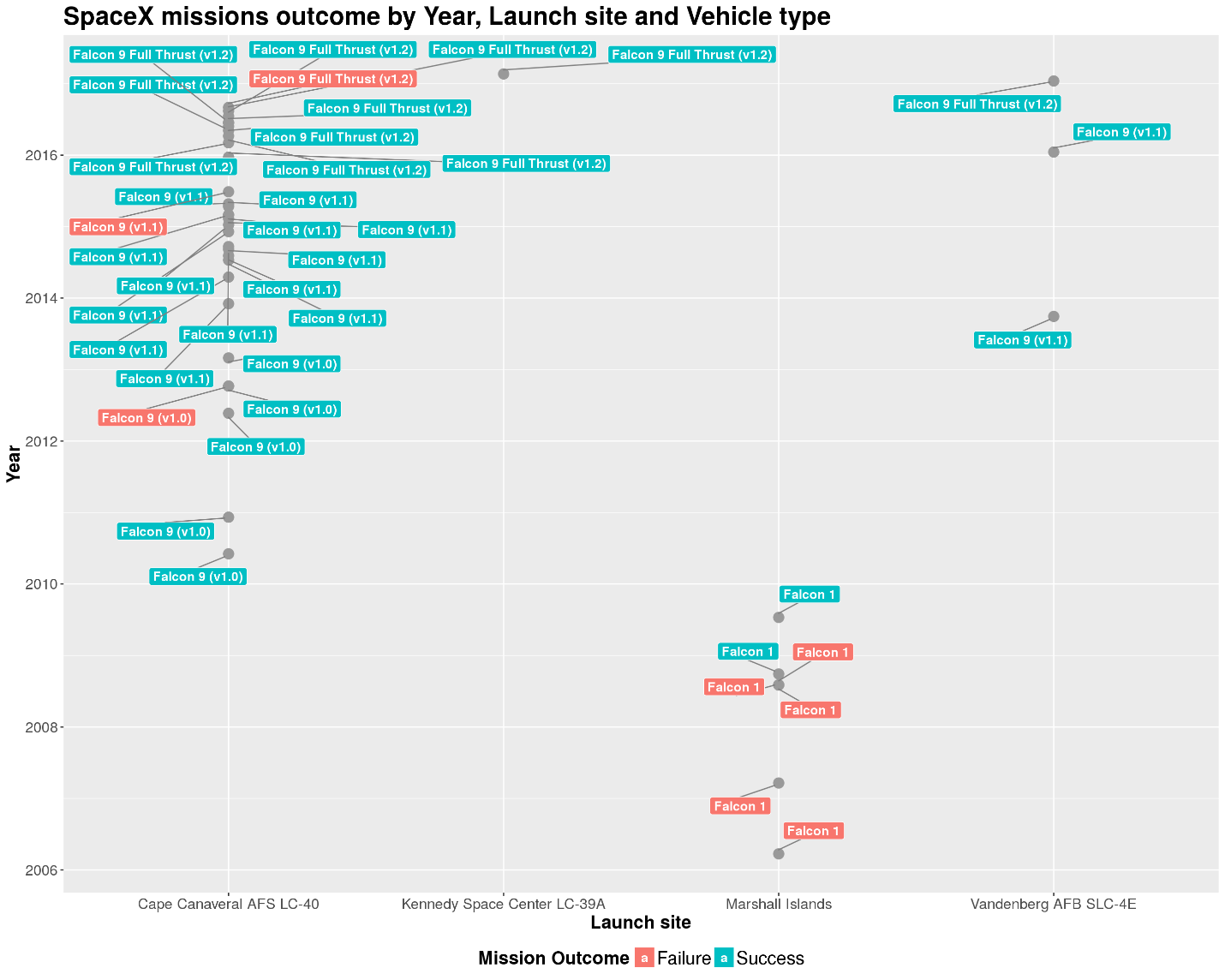Introduction
SpaceX was created in 2002 to revolutionize space technology and make life on other planets accessible to all people. More specifically, the company’s missions are centered around innovations and a leadership atmosphere bringing the result to the whole world. Since its inception, the corporation has demonstrated its seriousness of purpose by making significant contributions to the aerospace technology niche.
Despite the company’s increasing efforts to execute more missions to deliver supplies to the international space station and get people to an orbiting laboratory, most individuals are still unaware of SpaceX’s missions. As a result, it is critical to popularize the results of SpaceX missions and ponder their influence on humanity throughout the consistent period.
In 2012, SpaceX started its mission of delivering cargo to and from the international space station. The company has continued with its technological advancement, and in 2020 it began transporting to the orbiting laboratory (Palmer, 2021). While transporting cargo, spacecraft have the limited weight it should to the station and back to earth. Currently, the spacecraft has made over 20 trips to the orbiting laboratory. Therefore, this report aims to discuss everything that needs to be known about SpaceX missions that people do not know.
Findings
This section aims to analyze data collected on everything an individual needs to know about SpaceX missions.

Using diagnostic analysis, Figure 1 shows that SpaceX has the company has gained reliability in launch vehicles such as space station supplies and communication satellites. The graph also shows a year-to-year increase in technology development, which has successfully narrowed its focus to a few launch products. More specifically, the graph shows that launches of different satellite designs and stats demonstrated negative results in the vast majority of cases. However, in 2010, the company began its series of successful launches, which allowed it to reach a new level of public perception and other companies, shy of cooperating with anyone other than NASA.

As is can be seen from the second graph, there are different types of vehicles used by SpaceX for transport. The most used vehicle is Falcon 9 (v1.1) at 39%, followed by Falcon 9 Full Thrust (v1.2) at 29% and other types of vehicles at 32%. While transporting, SpaceX uses different payload types, whereby Communication Satellite is the most preferred method at 46%. The minimum amount of weight that spacecraft can carry is 8kg, and the maximum is 9.6kg. The most transportation destination is low earth orbit with 46%, followed by Geostationary Transfer Orbit at 37% and other destinations at 17%. The most common customer name is NASA with 32% and Orbcomm second at 7%.
All the data discussed above are everything an individual needs to know about the mission that SpaceX has already done. In addition, SpaceX has 33 successes with 8 failures of its missions. Using predictive analysis clearly shows that SpaceX’s mission will increase in the future because it has an over 70% of success rate (Palmer, 2021). Further on, due to technological advancement, SpaceX will increase its missions by discovering more destinations for cargo and people. In general, it is a project that SpaceX missions will make the universe like a small village.
Conclusion
Technological advancement has led to an increase in missions of SpaceX. The company’s missions started with cargo transportation, and currently, it is transporting people and it has made over 20 trips. People need to know about SpaceX missions: flight number, launch number, site, date and number, vehicle type, payload, and customer name. These features are crucial because they tell more about the missions executed by SpaceX.
References
Palmer, C. (2021). SpaceX starship lands on earth, but manned missions to mars will require more. Engineering, 7(10), 1345-1347. Web.
Pandya, P. (2017). Everything you need to know about SpaceX missions. Kaggle. Web.